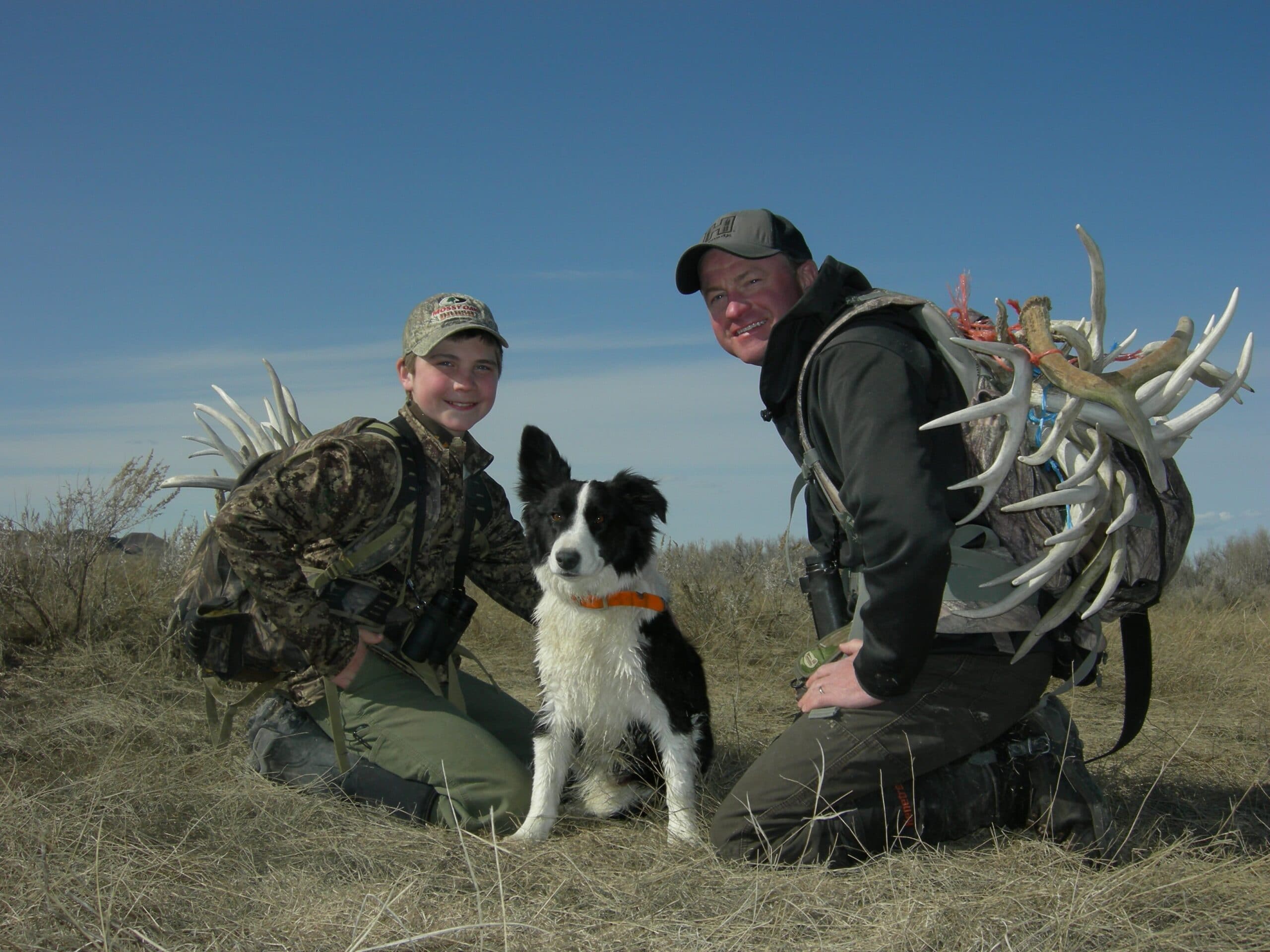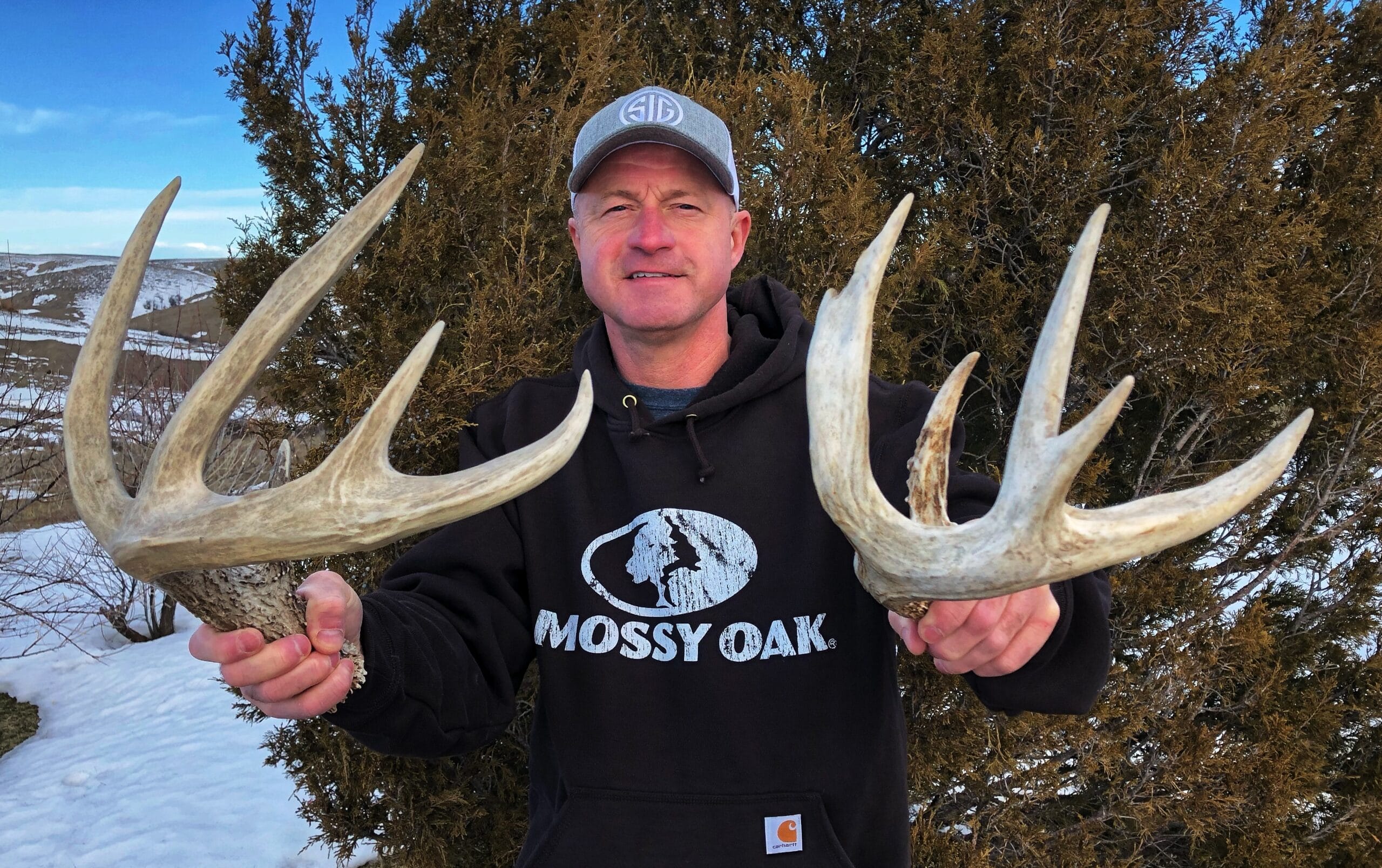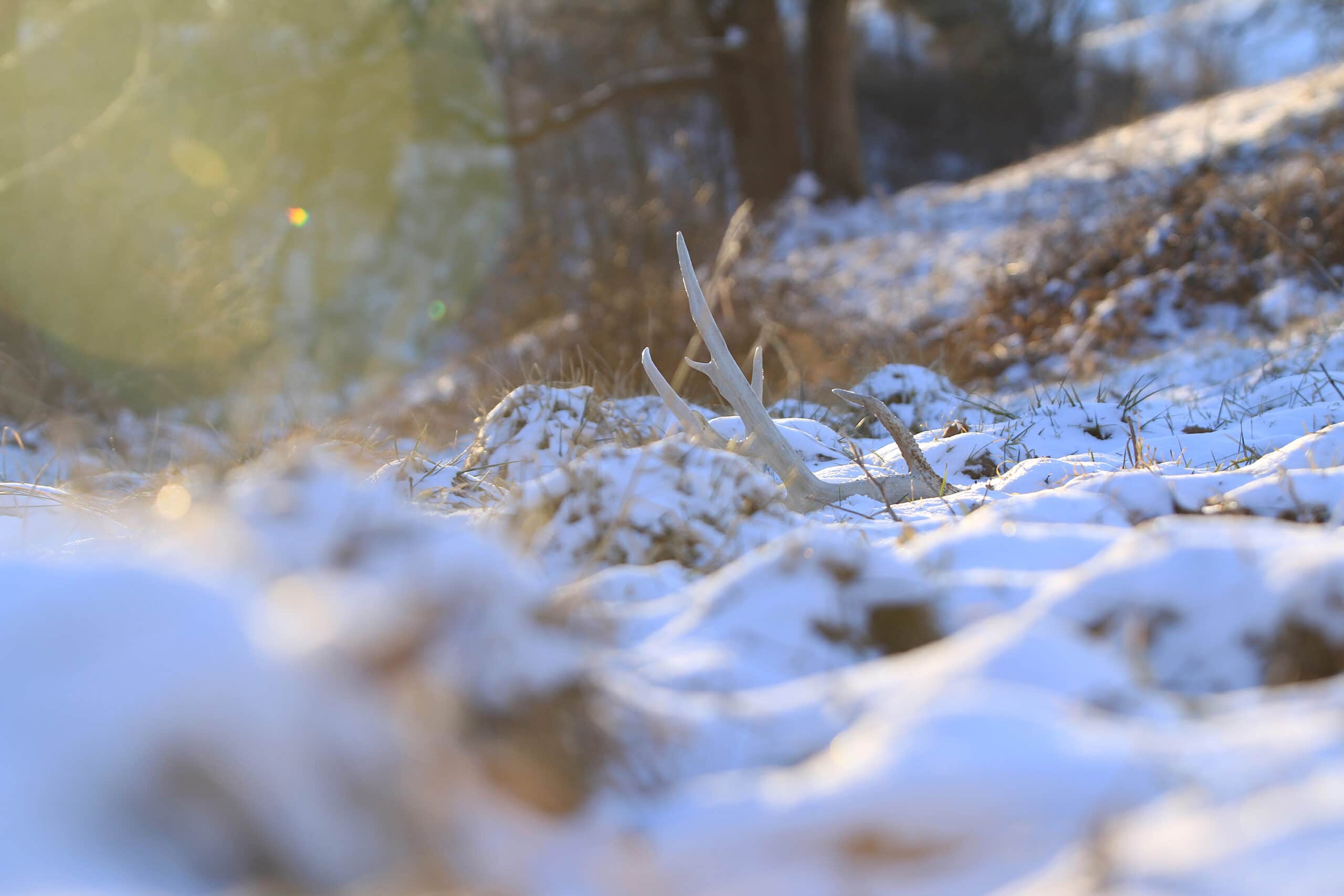How To Up Your Shed Hunting Game
It is bewildering how the activity of hunting for shed deer antlers has exploded in the past decade or more. When I first started in a serious passion to hunt for shed antlers, many of my friends looked at me like I needed a clinical examination. That was more than three decades ago and today the mainstream would consider me a trend-setting entrepreneur.
If you wish to go all pro and up your shed antler game with a higher ante, there are several steps you can take in addition to going whenever your schedule allows. Here are a few ways I have increased my take over the years for antlers of all sorts.
PLAN YOUR OUTINGS IN ADVANCE
Like any good hunting trip, you need a long-range plan to find shed deer antlers. This planning includes being physically fit to undertake the adventure, scouting for potential locations and having the right gear for success.
Hunting for shed antlers is a surefire way to enjoy your whitetail hunting property up close and personal. Unfortunately, it requires hours of hiking, oftentimes across rugged topography to find an antler. If you want to be successful, you need to be in shape. Use the winter months to tweak your physique, but get a doctor’s blessing before joining any NFL training camp regiment. My average hike for whitetail sheds is anywhere from 4 to 8 miles. That includes slogging through snow, mud and uphill both ways.
In between your gym visits, keep your eyes on winter habitat and the pattern wintering deer have carved out for survival. Winter typically offers a unique opportunity to view herds of deer utilizing the best habitat and spending some daylight hours scrounging for survival calories.
Pulling trail cameras after hunting season is a tradition for some, but shed-heads should leave them up. Your eyeball scouting combined with incoming images helps you maintain the location of bucks just prior to when they will drop their antlers. Most deer tend to settle into a wintertime pattern if a sanctuary is undisturbed and nutrition stays at adequate levels. That is where they will drop antlers.
This is also a time to curb your enthusiasm. Study deer from afar using a binocular or spotting scope and allow them to go about their daily business without harassment. That increases the chance they will drop their antlers in easy to find areas. The more you intrude prior to the time antlers begin to fall simply increases the odds mature bucks might adjust addresses for a quieter neighborhood.
Your last planning mission is to gear up. Sturdy, leather hiking boots and one or two hiking staffs is recommended, particularly if you plan to hike in vertical terrain. You also need a durable, lightweight and comfortable pack, such as the new ALPS Ultralight Elite that has proven well for me this winter. In addition to packing out antlers you will want to take along lunch, water, rain gear, first aid, communication devices and mapping aids. Simply put, be prepared with everything in your pack.
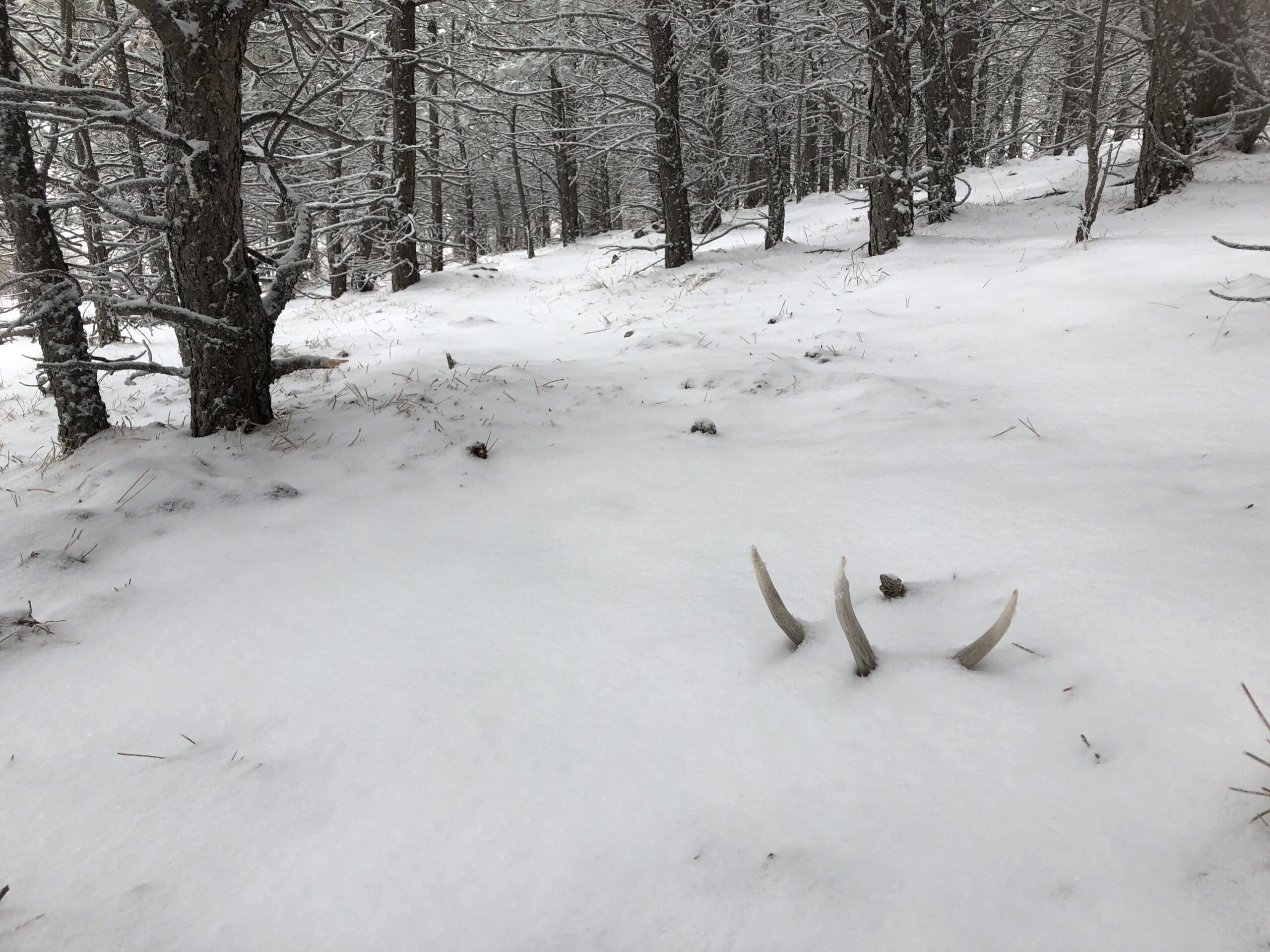
Last, but certainly not least, invest in quality optics. A good binocular and spotting scope serve double duty. They allow you to scope winter areas efficiently before antlers drop. Next, when you start spring trekking, you can find many antlers by looking over fields or across coulees. I find as many antlers with my Sig Sauer Zulu 10×42 binocular as I do stumbling across them in brush.
UNEARTHING ANTLERS ACROSS THE LANDSCAPE
Whitetail deer may begin dropping antlers in January, but most drop during the months of February and March. Target dates to begin the search vary depending if you are on public lands and current weather conditions. Going too early could mean added stress on deer if deep snow still blankets the landscape. And as mentioned earlier, you could prod deer to leave a property and move to an area off limits to your roaming.
On public areas, use ethical decisions and wait until most of the deer have dropped. Waiting for warmer temperatures with a hint of green on the landscape also helps deer avoid that additional stress. If you are lucky enough to own or manage a property, it is always a good idea to wait until most of the deer have dropped and winter is in retreat. Every property is different and every winter varies. Keep in mind the condition of the deer because deer are at their weakest in this period and susceptible to death by added strain.
After you have decided on a timeframe and location, hunt the area like a surveyor. Hiking around in random fashion will result in some antlers, but using a grid system that covers the most likely locations is the logical decision. Grid areas of high potential include food sources, bedding cover and the trails sporting the highest use. You can use a solid hunting/mapping app, like the interactive map feature in Moultrie Mobile or others, to help you in this effort. I even pick up skulls or bones in the woods to hang on branches for an easy visual on my gridding efforts.
As you grid, take advantage of any high vantage point. This gives you an overview of the areas you are cover and gives you more opportunity to put your binocular to effective use. I could write volumes on the number of shed antlers I have discovered simply by sitting down and glassing fields, forests, and slopes.
SHORTCUTS TO ANTLER PILES
True grit is your best shortcut to more bone, but you may also want to consider other alternatives. First, consider using your horse or mule if you want to cover more ground without burning vast amounts of calories. That family 4-H horse could be a game changer. For years I have used horses to up my antler take. A horse can put you right into an area and offer an efficient way to grid while riding in style. You may even be able to get to areas not as easily accessed by the average hiker. ATVs offer a similar benefit, but many areas are off limits to off road use, plus many landowners frown on muddy tracks across fields, whereas a horse track is the same as their cattle plodding around.
In the same frame of thought, you may want to employ canine power into your pursuits. Since bone is bone, there is no reason to ignore the aid a well-trained Labrador retriever or other breed could have in finding scattered antlers. Dogs cover exponentially more miles than you can, plus sniff out antlers under the snow and forest duff. My border collie is not specifically trained for antler hunting, but she always unearths a couple extra antlers that I simply could not see or missed in my grid search. Whenever I see my dog pausing or digging in the duff, I swing over and more than once have been surprised to find a hidden gem.
The craze of shed-antler hunting is here to stay. It provides you with a cabin fever escape, added knowledge of your hunting area and an opportunity to spend time with friends, and family. Make shed antler hunting a social affair. Since my kids were old enough to ride in a backpack, they joined me on antler Easter-egg hunts. They are grown now, but it was yet another way to lead them into a lifelong outdoor lifestyle.
Written by Mark Kayser. Mark is a prolific outdoor writer and hunting television host. Mark spends his falls chasing elk and whitetails from the Rocky Mountains to the Midwest. From solo DIY elk hunts on public land to sitting in a treestand waiting to ambush rutting whitetail bucks, Mark lives and breathes the hunting lifestyle.
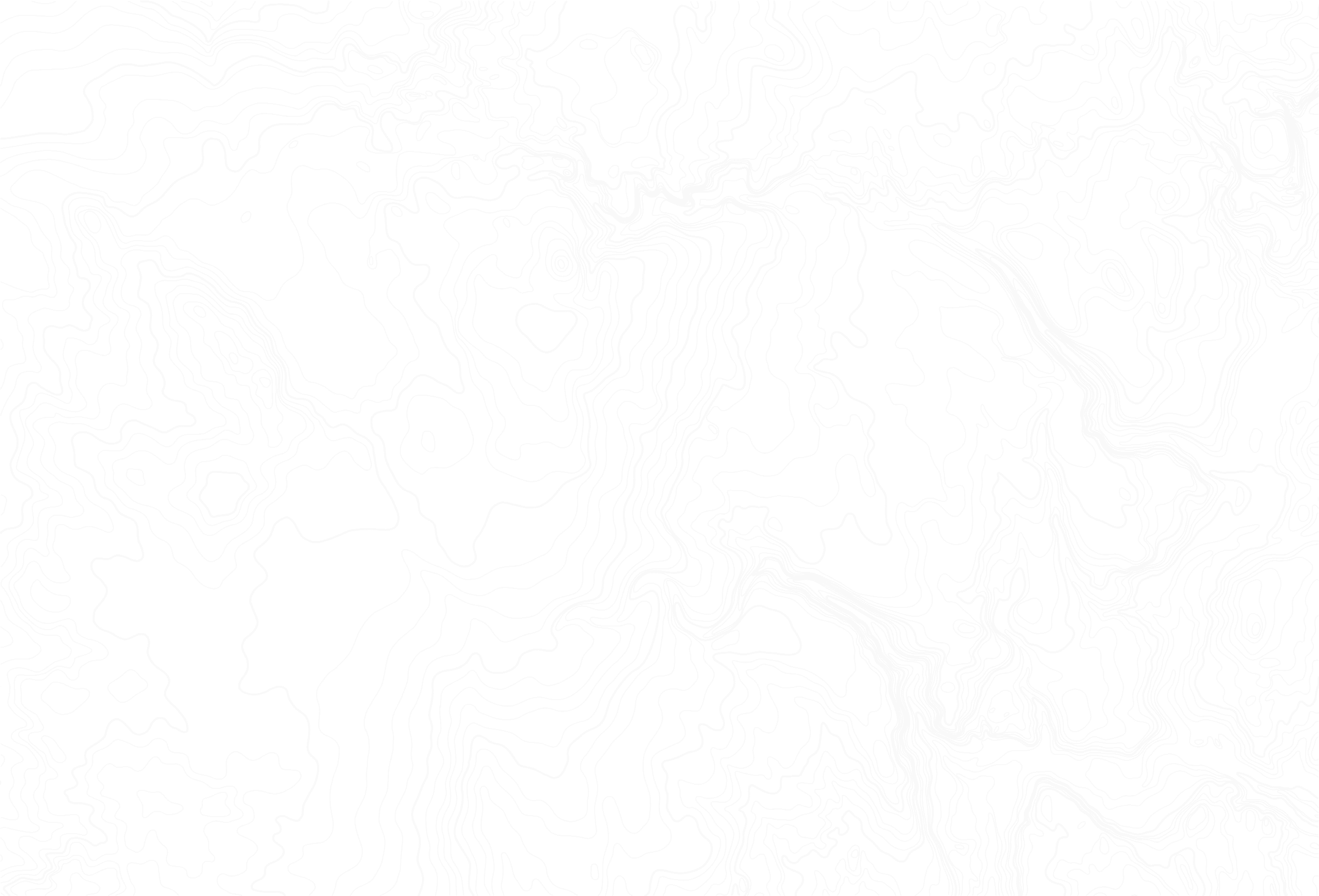
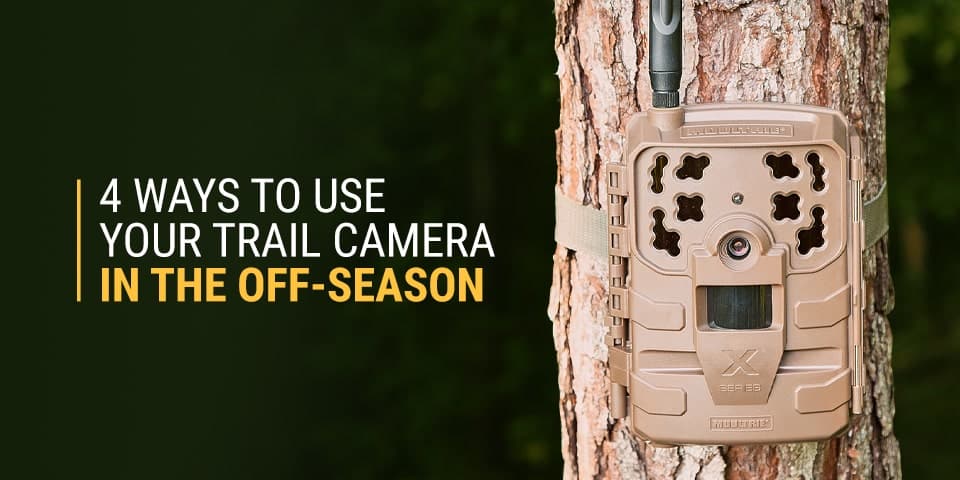
Featured
The hunting off-season is a great time to collect vital information about the bucks in your area to prepare for next year. Visit us to get a trail camera today!
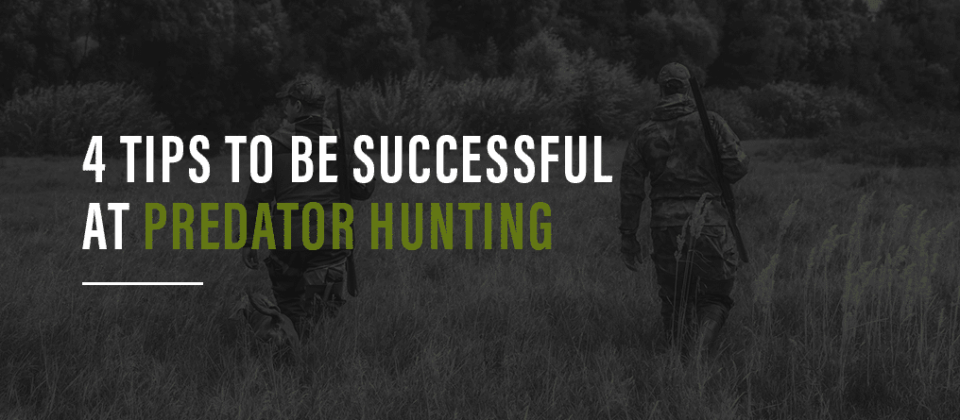
Featured
Predator hunting is essential for wildlife balance. Learn about predator hunting and how you can become more successful by following four new tips.
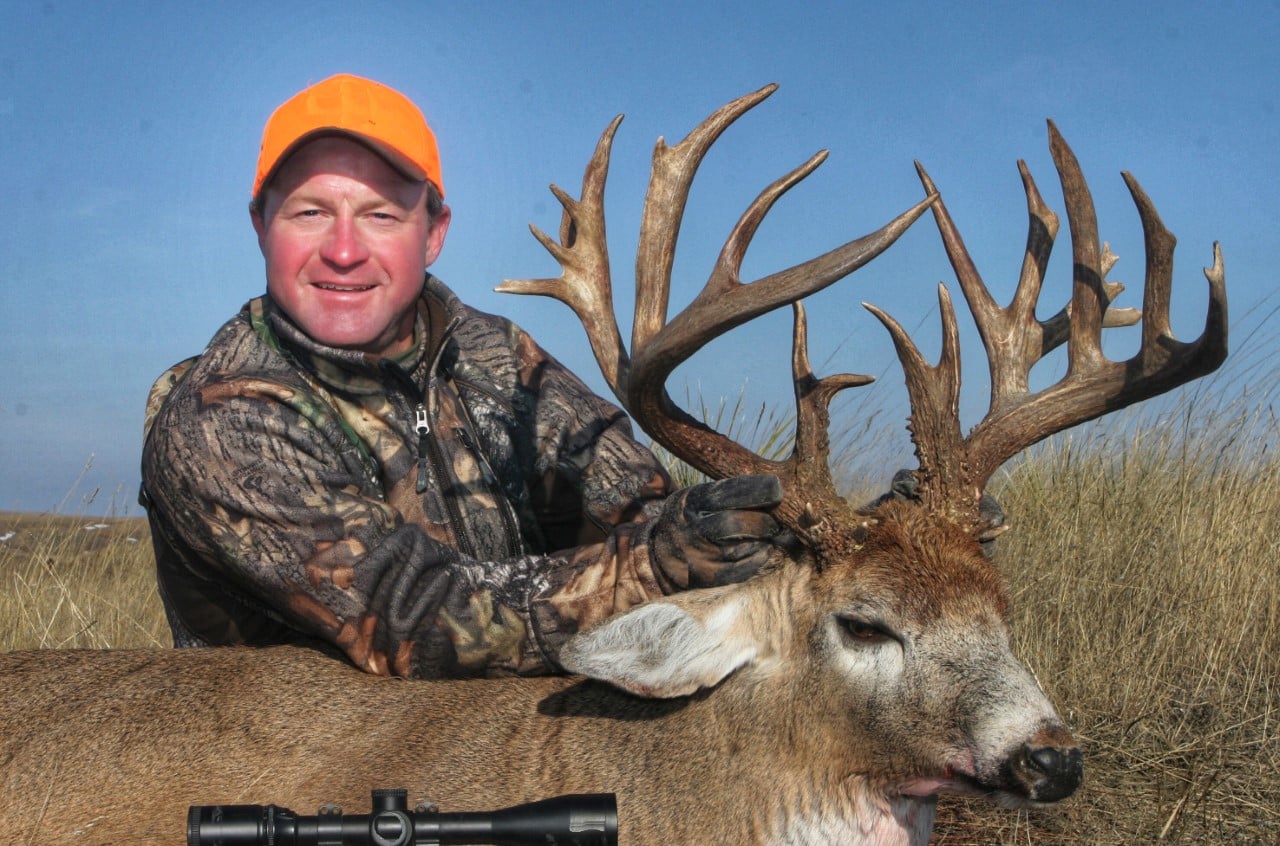
Featured
Not every bean field and swamp bottom has a Booner living nearby. Genetics, food and pressure all play a major role in the quality of trophy each area can produce. Find out why it might be time to recalibrate your trophy expectations.



